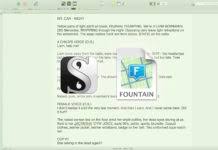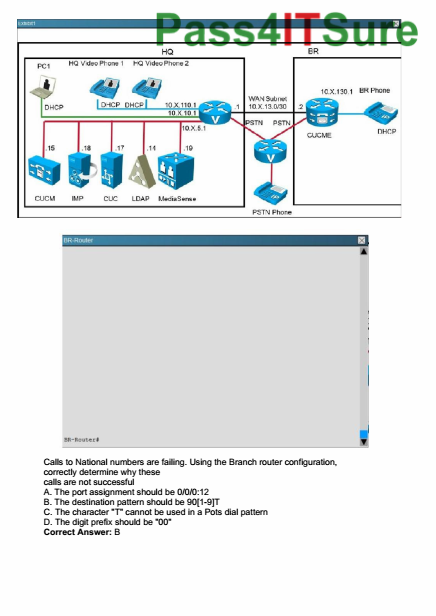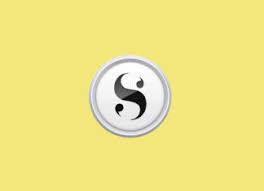This will give you a basic overview of Scrivener’s interface.
Right at the top here we have the toolbar, which gives you access to Scrivener’s basic functions.

What you can do here is show and hide several windows like for instance the binder window which I will explain in a second,
you can create and delete documents and folders,
and among other things you can switch between different view modes:

Of course this toolbar is customizable so you can adjust it’s to your workflow.
Here on the left we have the binder window I was talking about which holds all your documents and folders:

Scrivener can work with several documents and folders in one project which is actually one of its core strengths.
At the top here we have the format bar:

This basically does the same thing as in other text editors like for example in Microsoft word.
This big window here is your editor:

This is where you actually do all your writing.
And here on the right hand side you have Scrivener’s inspector:

The inspector comes with several tabs which you can choose here at the bottom.
I will go through them very quickly.
The first tab shows you your document synopsis, some general information about your document and your document or project notes.

Scrivener stores a synopsis with every document which is shown at the top of the inspector.
This tab is for references:

You can have several documents reference each other within your project, which basically works just like links in any web browser.
This tab is the keywords tab:

You can create and assign keywords to every file or folder that you create in Scrivener.
This is your meta-data tab:

It can be useful for you if the built-in labeling capabilities of Scrivener aren’t enough for you and you want to apply your own labels to specific documents.
Next up is snap shots:

This allows you to create snapshots of your documents if you want to have different versions of the same document. Having created a snapshot allows you to go back to the previous state anytime you wish. It’s a bit like Time Machine on a Mac.
And this last tab is for comments and footnotes:

Alright this is Scrivener’s interface. See other Scrivener posts for more information about Scrivener’s functionality.
Are you using Scrivener? What do you like about it and what not? Leave me a comment below…







